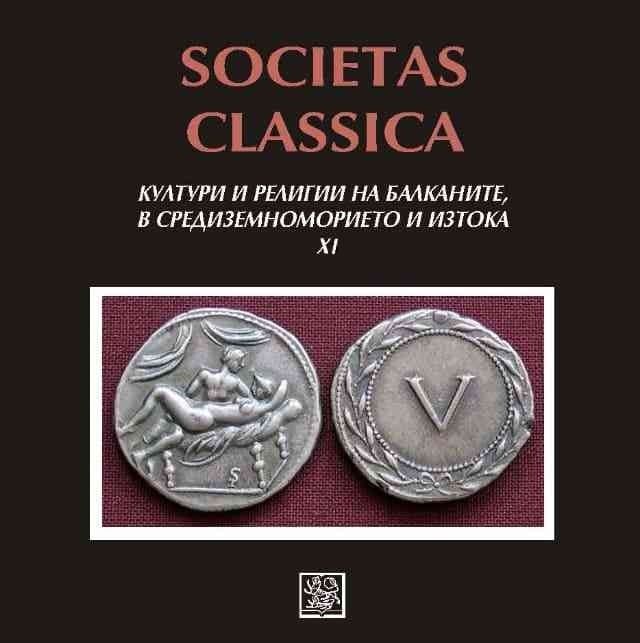За хетерата Фрина – музата на Праксител и Апелес
About Courtesan Phryne: The Muse of Praxiteles and Apeles
Author(s): Ivanka Doncheva
Subject(s): History, Social history, Ancient World
Published by: Великотърновски университет „Св. св. Кирил и Методий”
Keywords: Phryne; Praxiteles; Apeles; Archeology
Summary/Abstract: Phryne (in ancient Greek: Φρύνη) is the most famous ancient Greek courtesan from the 4th century BC, a muse of the great Greek artists – the sculptor Praxiteles and the artist Apeles. Born under the name Mnesarete (in ancient Greek: Μνησαρετή, i.e. 𝑐𝑜𝑚𝑚𝑒𝑚𝑜𝑟𝑎𝑡𝑖𝑛𝑔 𝑣𝑖𝑟𝑡𝑢𝑒) in Thespia – Boeotia, she went to Athens where she became a courtesan (hetaira). Very quickly, her „clients“ became some of the most prominent men of the time, such as the sculptor Praxiteles, who, according to Pliny the Elder, used her as a model for his famous statue of Aphrodite of Cnidus, and the artist Apelles, who, according to Athenaeus, used her as a model his Aphrodite Anadiomene. In addition to her beauty, Phryne was known for her high fares, which, according to the poet-comedian Mahon, varied according to her mood. Its wealth reached such proportions that, according to the grammar Callistratus, she proposed to restore the destroyed by Alexander the Great in 336 BC. city walls of Thebes, with one condition – to put the inscription „Destroyed by Alexander, restored by Phryne the courtesan“, but the inhabitants of Thebes did not accept this proposal. According to Elian, the Greeks erected a column with a golden statue of Phryne in Delphi, which, according to Athenaeus, was the work of Praxiteles and was entitled “Phryna, daughter of Epicles of Thespia.”
Book: Societas Classica. Култури и религии на Балканите, в Средиземноморието и Изтока. Том 11
- Page Range: 33-47
- Page Count: 15
- Publication Year: 2021
- Language: English, Bulgarian
- Content File-PDF

